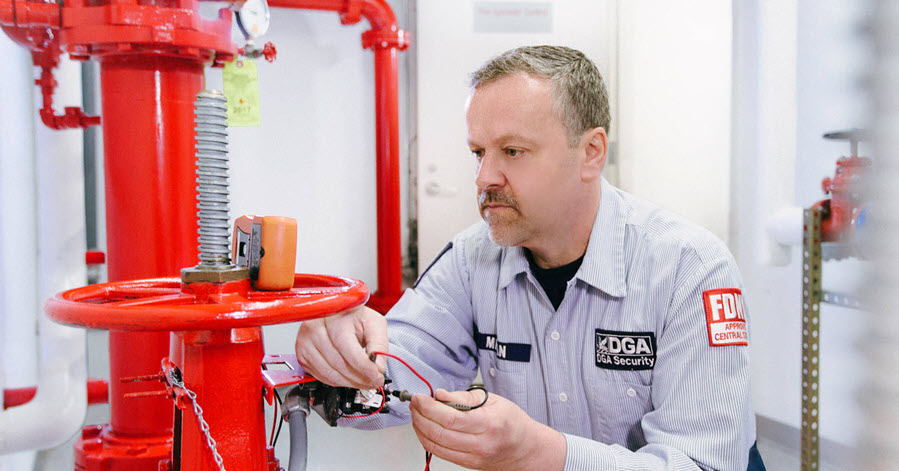Supervisory Switches: Valve Tamper Switch, Water Level Switch, Air Pressure Switch, Low Temperature Switch
Daniel Torpey is Senior Systems Consultant at DGA Security and oversees all commercial fire system installations at DGA. He also currently serves as a member of the NYC Department of Buildings’ Fire Protection Systems Technical Committee, which assists with drafting revisions to the New York City Construction Codes. Dan’s previous industry experience includes serving on the test development committee with NICET (National Institute for Certification in Engineering Technologies) and serving as a member of the FDNY Certificate of Fitness Committee.
Supervisory switches are a group of initiating devices that are installed at different parts of the automatic fire sprinkler system and are monitored by the Fire Alarm Control Panel (FACP). Their job is to monitor the sprinkler system to ensure that it’s in proper working condition and to transmit a supervisory signal to the FACP when an issue is detected.
A supervisory signal won’t activate audible and visual alarms or cause fire trucks to show up, but informs the building staff of an issue that could prevent the proper function of the fire system.
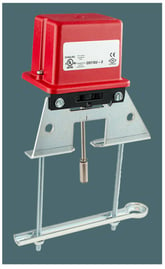 Valve tamper switches are mounted on the various fire sprinkler control valves to monitor the position of the valve. It’s critical that the sprinkler control valves remain open because, otherwise, the water will not flow through the pipes when there is a fire emergency. Valve tamper switches transmit a supervisory signal to the FACP if the valve is partially or fully closed.
Valve tamper switches are mounted on the various fire sprinkler control valves to monitor the position of the valve. It’s critical that the sprinkler control valves remain open because, otherwise, the water will not flow through the pipes when there is a fire emergency. Valve tamper switches transmit a supervisory signal to the FACP if the valve is partially or fully closed.
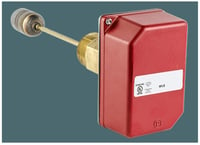 Water level switches have an attached float that senses water level in a gravity or pressure tank. Either the rise or fall of the water level in the tank will trigger a supervisory alert to the FACP.
Water level switches have an attached float that senses water level in a gravity or pressure tank. Either the rise or fall of the water level in the tank will trigger a supervisory alert to the FACP.
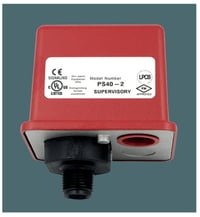 Air pressure switches are installed to monitor air pressure in dry pipe sprinkler systems. Dry pipe systems are used in areas that lack heat, such as outside loading docks or unheated warehouses, where wet pipes could burst in freezing temperatures. Dry pipe systems use pressurized air in the system rather than water until a fire occurs. The system is connected to a valve (called a “dry pipe valve” or “dry sprinkler valve”) that holds back water from entering into the dry pipe systems by maintaining a consistent fixed level of air pressure. During a fire, the activated sprinkler head nearest to the fire releases the air, reducing the air pressure in the dry pipe system and eventually allowing water to flow into the sprinkler piping system. Air pressure switches initiate a supervisory signal if the air pressure in the dry pipe valve dips or rises from normal. This allows the authorized building personnel to take action to prevent false activation of the sprinkler system or prevent damage to the system.
Air pressure switches are installed to monitor air pressure in dry pipe sprinkler systems. Dry pipe systems are used in areas that lack heat, such as outside loading docks or unheated warehouses, where wet pipes could burst in freezing temperatures. Dry pipe systems use pressurized air in the system rather than water until a fire occurs. The system is connected to a valve (called a “dry pipe valve” or “dry sprinkler valve”) that holds back water from entering into the dry pipe systems by maintaining a consistent fixed level of air pressure. During a fire, the activated sprinkler head nearest to the fire releases the air, reducing the air pressure in the dry pipe system and eventually allowing water to flow into the sprinkler piping system. Air pressure switches initiate a supervisory signal if the air pressure in the dry pipe valve dips or rises from normal. This allows the authorized building personnel to take action to prevent false activation of the sprinkler system or prevent damage to the system.
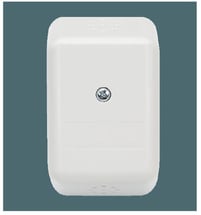 Low temperature switches are simple devices that transmit a supervisory signal when the temperature in the environment drops to a certain threshold, generally 40°F. They are typically installed in the heated room where the dry pipe valve is located. This helps to protect the small portion of piping in the valve that contains water from freezing.
Low temperature switches are simple devices that transmit a supervisory signal when the temperature in the environment drops to a certain threshold, generally 40°F. They are typically installed in the heated room where the dry pipe valve is located. This helps to protect the small portion of piping in the valve that contains water from freezing.
To learn more about different initiating devices, read these related articles:
Initiating Devices (Part 1) - Smoke Detectors, Duct Smoke Detectors and Beam Detectors
Initiating Devices (Part 2) - Heat Detectors, CO Detectors and Multi-Sensor Detectors
Initiating Devices (Part 3) - Manual Pull Stations and Waterflow Switches
